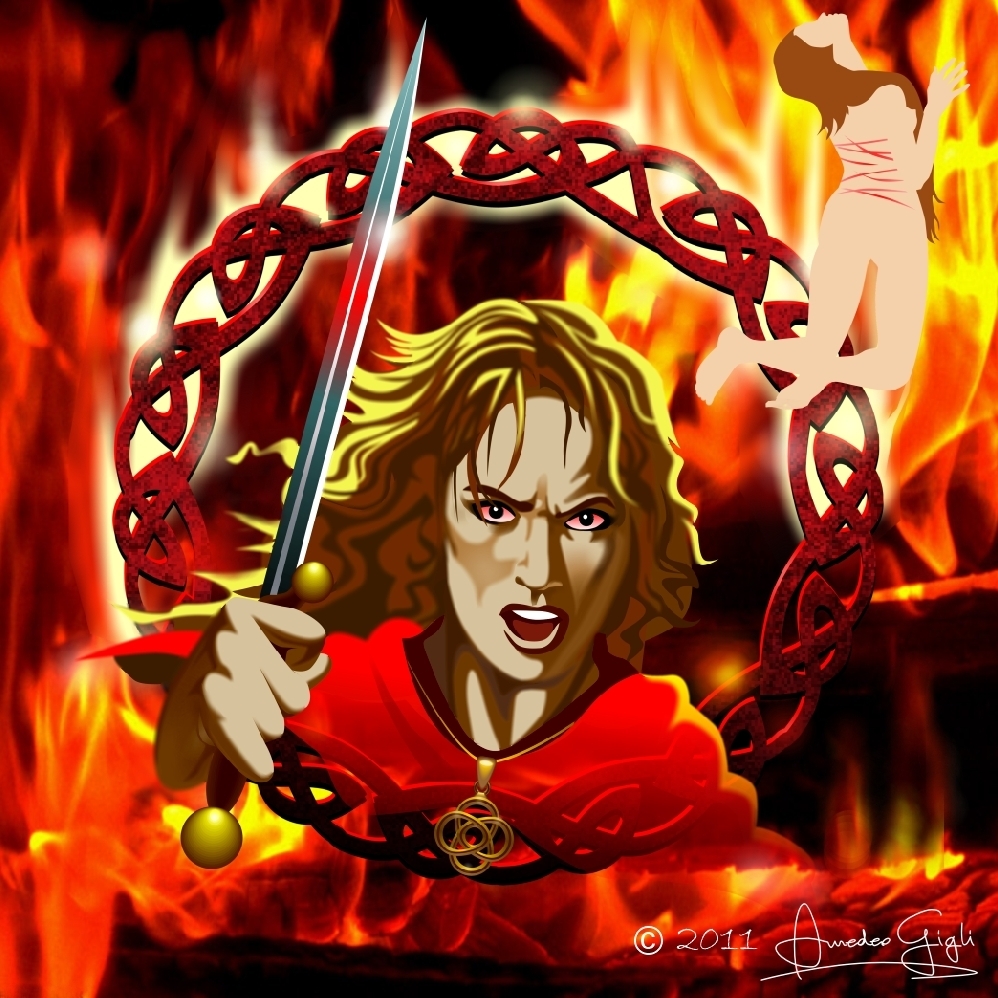
BOUDICCA
|
Boudicca, Queen of the Iceni tribe, an indigenous population of ancient Britain, inherited her kingdom from her husband Prasutagus, with whom she had two daughters, at the time of the Roman conquest under Nero.
According to Roman law, when a client King died, his kingdom was to be divided equally between his heirs and the emperor, as Prasutagus himself had indicated in his will. The Roman rule, however, applied only in the case of male descendants. The Romans, therefore, believed they had right of conquest over the kingdom. Boudicca and her daughters were disinherited and their noblemen treated as slaves. In response to the Queen’s strong protest, the Romans reacted as conquerors normally do, history never changes. Boudicca was stripped and publicly whipped and, according to Tacitus, her daughters were raped. In the face of this outrage, led by Boudicca, the Iceni tribe rebelled staging the largest uprising against the Romans in the history of their conquest of the British island. The rebels vanquished the enemy army, burned the Roman colony Camulodunum (modern-day Colchester) and burned and razed to the ground Londinium (i.e. London) and Verulamium (modern-day St. Alban). Once they recovered from the surprise, taking advantage of their military superiority, the troops of Gaius Suetonius Paulinus confronted the rebels’ disorganised forces and defeated them in the battle of Watling Street. Boudicca reacted to defeat by poisoning herself. All this took place about sixty years before the Christian era Boudicca’s story resurfaced in modern times, in the 16th century, with the rediscovery of the works of Tacitus and she reached the peak of her fame during Victorian times when she became a heroin and an important cultural symbol of the United Kingdom. CorelDraw vector graphics were used in drawing the illustration that was then processed using Corel PhotoPaint. |
